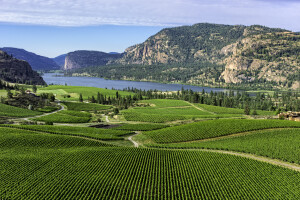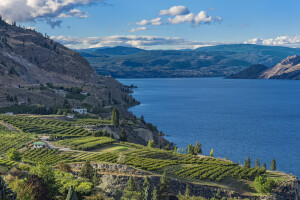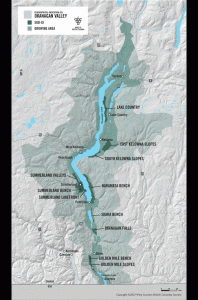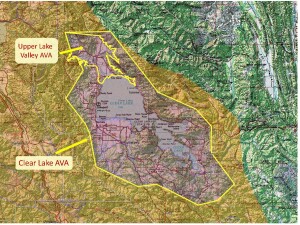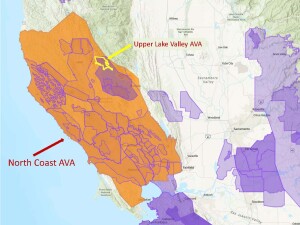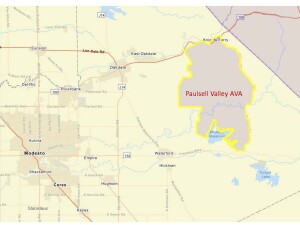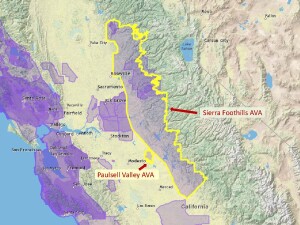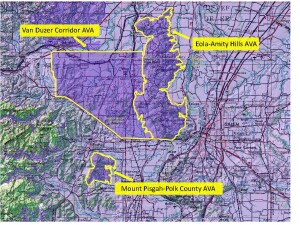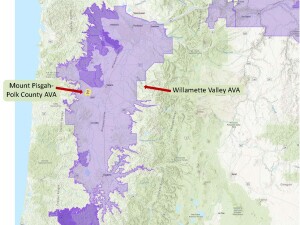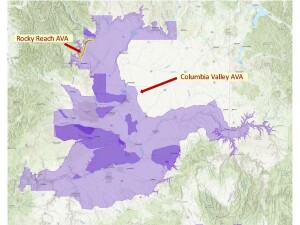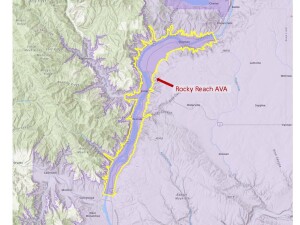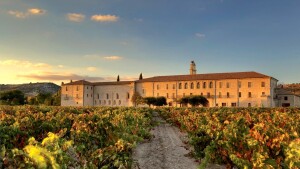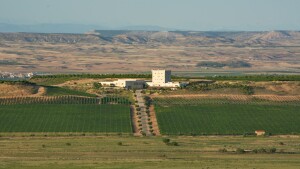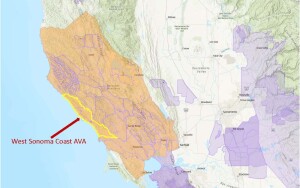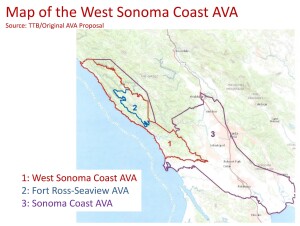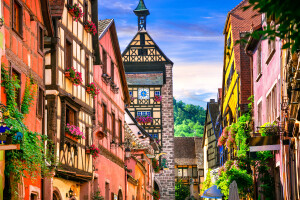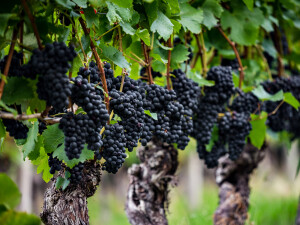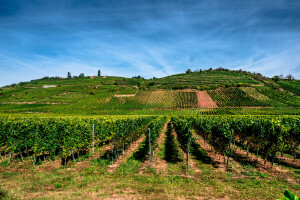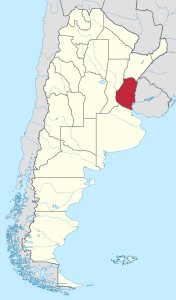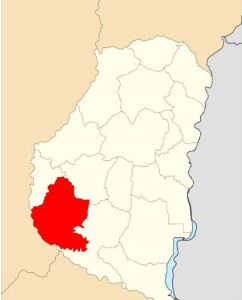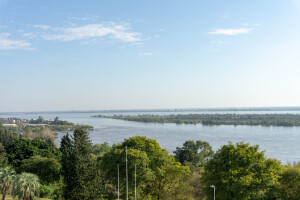Big news out of British Columbia! Six new sub-geographical indications (sub-GIs) have recently been approved for the Okanagan Valley GI.
The Okanagan Valley—a long, narrow, and dry valley located inland of the Coast Mountain Range and tucked between the Cascades and the Columbia Mountains—is home to the great majority of British Columbia’s vines. Overall, the valley’s continental climate is somewhat assuaged by the northerly latitude and the presence of Lake Okanagan. However, as evidenced by the recent approval of these new subregions, the large Okanagan Valley is home to several diverse soil types and climate conditions—and supports the production of a wide range of wine types and styles.
The six new sub-appellations are as follows:
East Kelowna Slopes: Covers a series of hillsides overlooking Mission Creek in the central area of the Okanagan Valley. A cool climate area known for premium sparkling wine; the leading grape varieties include Pinot Noir, Riesling, Chardonnay, and Pinot Gris. At this time, about 203 hectares/501 acres are planted to vine. Read the Technical Report for the East Kelowna Slopes Sub-GI here (includes detailed maps of the area).
Lake Country: Situated near the northern edge of the Okanagan Valley, the Lake Country GI covers the west-facing slopes and benches overlooking a section of the eastern shore of Okanagan Lake. This GI is currently planted to about 100 hectares/247 acres of vines and is known for rich, flavorful Pinot Noir and white varietals. Pinot Noir, Chardonnay, Pinot Gris, Riesling, and Gewurztraminer are the leading varieties. Read the Technical Report for the Lake Country Sub-GI here (includes detailed maps of the area).
South Kelowna Slopes: This small area covers a series of hillsides and slopes on the eastern shore of Okanagan Lake. The region has a unique concentration of mixed glacial sediment (soils). The area currently contains 131 hectares/324 acres of commercial vineyards; leading grape varieties include Pinot Noir, Gamay, Chardonnay, Riesling, Pinot Gris, and Gewurztraminer. Read the Technical Report for the South Kelowna Slopes Sub-GI here (includes detailed maps of the area).
Summerland Bench: This appellation covers the foothills and terraces located to the east and south of Giant’s Head Mountain (on the west shores of Okanagan Lake). The area is largely planted to fruit orchards (apples and cherries), with approximately 60 hectares/148 acres of vines. White grapes (primarily Pinot Gris and Gewurztraminer) dominate the plantings; small plots of Pinot Noir, Merlot, and Syrah are found as well. Read the Technical Report for the Summerland Bench Sub-GI here (includes detailed maps of the area).
Summerland Lakefront: This appellation covers a 12-kilometer (7.5-mile) stretch of land hugging the western shore of Okanagan Lake, near the community of Summerland. The area is largely planted to white grape varieties and currently boasts just over 65 hectares/160 acres of vines. Gewurztraminer and Pinot Gris are the leading varieties; lesser amounts of Pinot Noir and Merlot are grown as well. Read the Technical Report for the Summerland Lakefront Sub-GI here (includes detailed maps of the area).
Summerland Valleys: This appellation contains some of the highest-elevation vineyards in the Okanagan Valley, linking two separate valleys via a stretch of land that runs across Cartwright Mountain. Like the Summerland Bench and Summerland Lakefront GIs, this area is situated around and near the community of Summerland, located on the western shores of Okanagan Lake. There are currently 35 hectares/85 acres of vines planted in the region. Chardonnay is the leading variety. Read the Technical Report for the Summerland Valleys Sub-GI here (includes detailed maps of the area).
Okanagan’s Eleven: These six new sub-appellations join the five already in place—Golden Mile Bench, Golden Mile Slopes, Naramata Bench, Okanagan Falls, and Skaha Bench—for a total of 11.
Okanagan’s Twelve? Hang on to your flashcards…yet another Sub-GI has been proposed. Click here to read the June 2022 Proposal for the Black Sage Bench Sub-GI
References/for more information:
Post authored by Jane A. Nickles…your blog administrator: jnickles@societyofwineeducators.org
